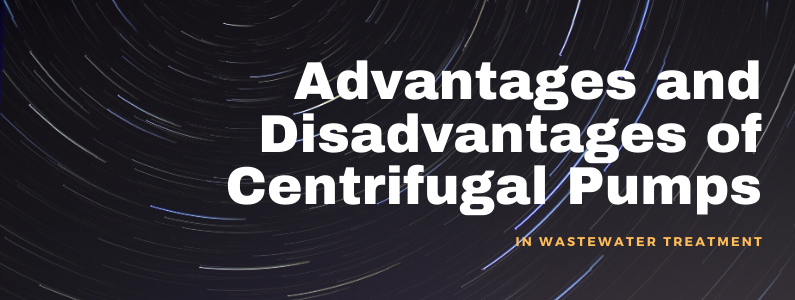
Pumps are something that plays a big role in water as well as wastewater treatment plants along with pumping stations. Two important considerations for people who are responsible for keeping the wastewater pumps in good working condition are the ease of maintenance and repair. The wastewater pumps in pumping stations have a job of getting the waste from its source to the treatment plant. Further, the pumps move effluent, primary sludge, raw water, secondary sludge as well as execute returning the activated sludge through to the final effluent.
When it comes to centrifugal pumps, they are one of the most commonly used in wastewater treatment plants as well as pumping stations. These days municipalities compare the advantages of dry pit pumps to that of the dry-pit submersibles as well as true or wet pit submersible pumps.
In this blog, we will be discussing the dry pit pumps and the dry-pit submersibles along with their advantages and disadvantages:
Dry-Pit Pumps:
The dry-pit pump stations are still considered pretty common. They are usually built below ground. The pumps (generally vertical) come with flexible drive shafts. Another thing to know about them is that in their case, above grade air-cooled motors are installed in a dry well, that is adjacent to a wet well. Generally, there is a superstructure that allows personnel access to the dry well. This also houses electrical as well as other equipment needed to run the station.
Advantages and Disadvantages: They are not submerged into the wastewater, and this becomes their primary advantage. Therefore, maintenance personnel can see and touch, as well as listen to and easily repair these pumps. This reduces the time needed to diagnose and correct a pump failure. Moreover, it comes with fewer health and safety risks while repairing, Also, they aren’t covered in sewage. A disadvantage is that it’s usually below ground level. Therefore it is almost always susceptible to flooding.
Dry-Pit Submersible Pumps:
Growing in popularity, a dry-pit submersible pump station also has a dry and wet well. However, when it comes to the pump configuration, in particular, the motor is very different from that of a dry-pit pump station. The motor is mounted directly to the pump, and so, it eliminates the intermediate shaft. The motor circulates either sewage or glycol for cooling itself. This is designed to run continuously when submerged as well as in the air.
Advantages and Disadvantages: Full protection against station flooding becomes a huge benefit. The close-coupled motor removes problems related to flexible drive shaft breakages. Plus, there are many conventional dry-pit pumps that can be effortlessly and cost-effectively retrofitted to the dry-pit submersible. Disadvantages can be related to motor failures. The particles from the sewage tend to settle out. If they are not properly flushed or cleaned, then they can lead to overheating of the motor. Retrofitting has another downside. The piping doesn’t always match up. This can be inconvenient as well as expensive to change.
To know more about topics like wet pit submersible pumps and its advantages and disadvantages, call Darling Pumps at +91 99819 92833 or visit http://www.darlingpumps.in/.
